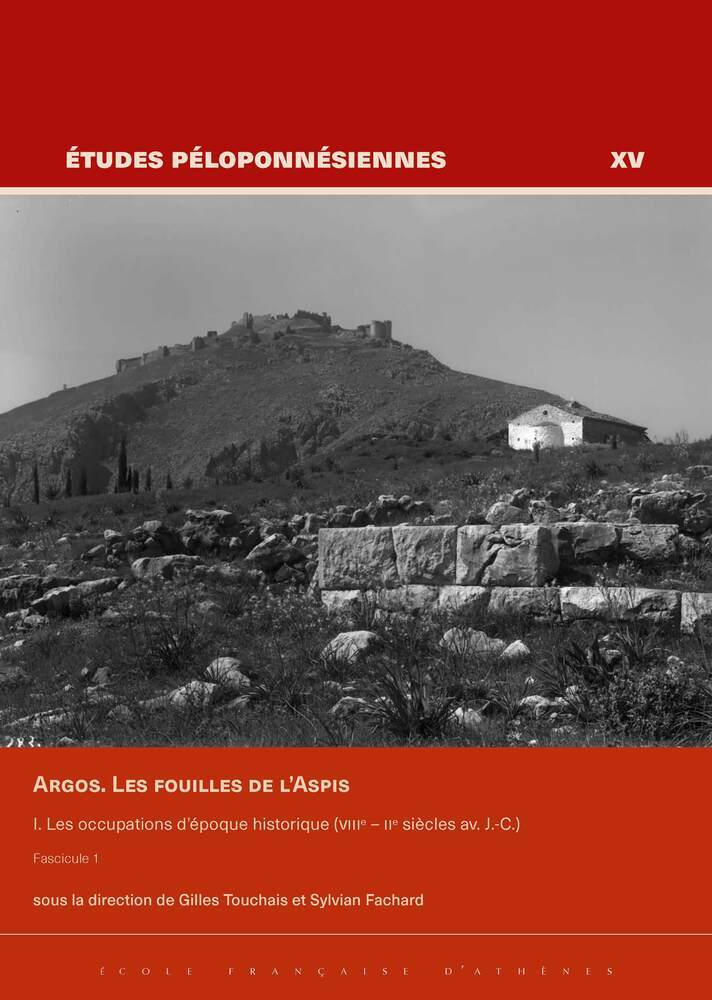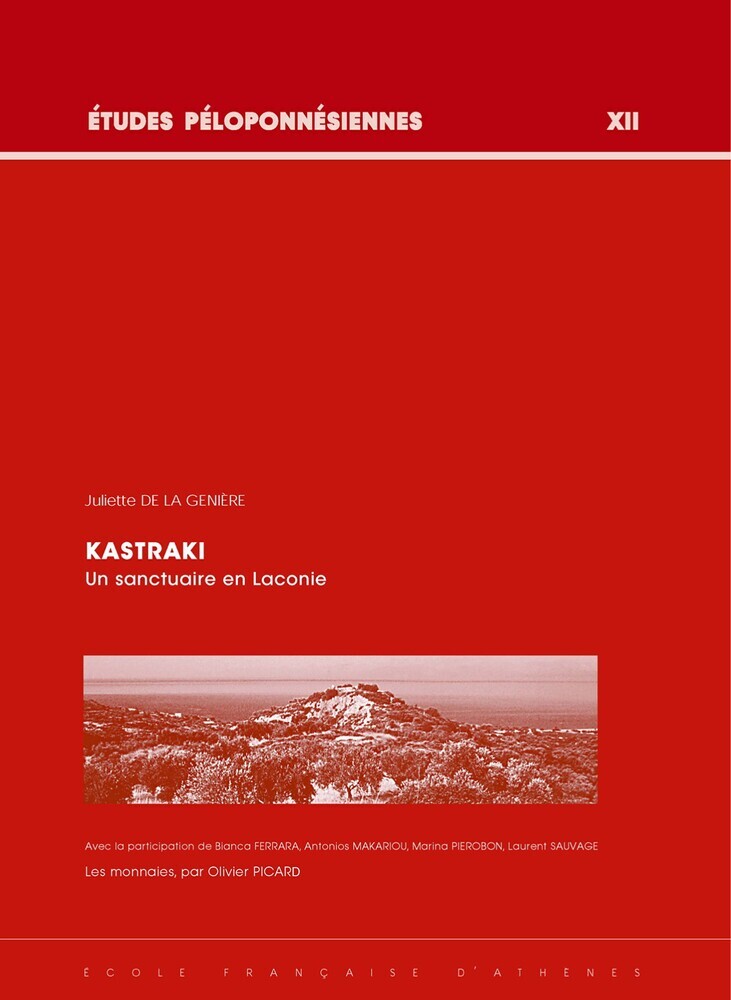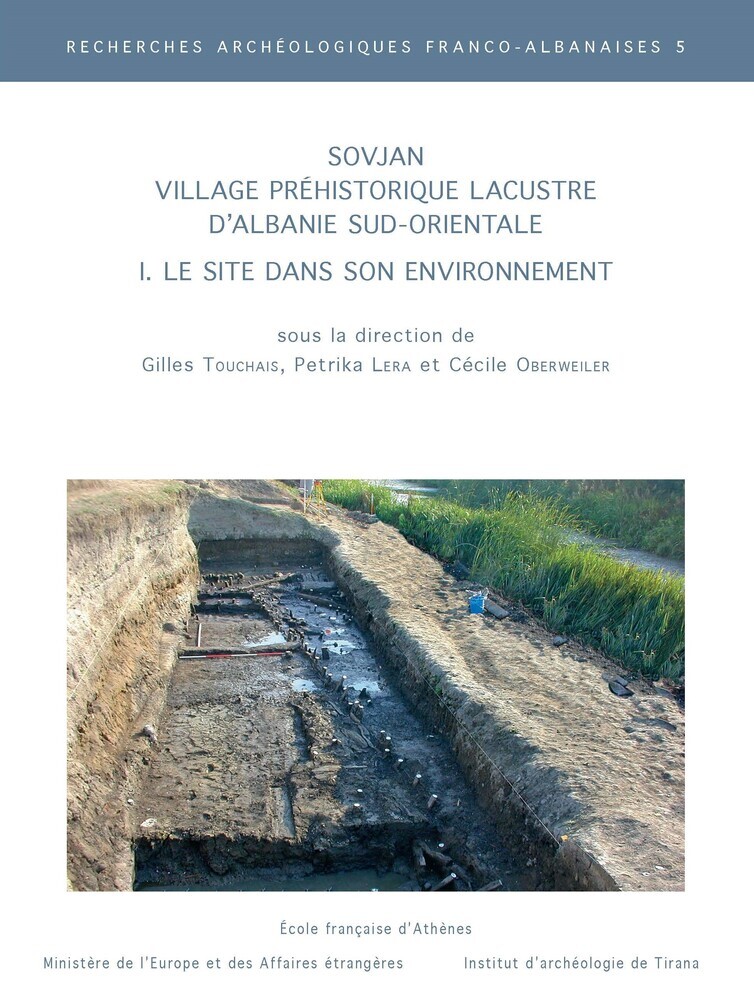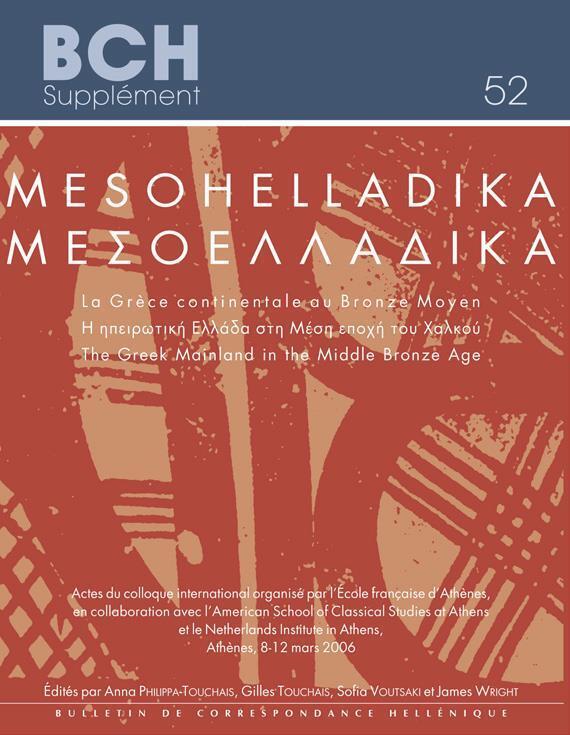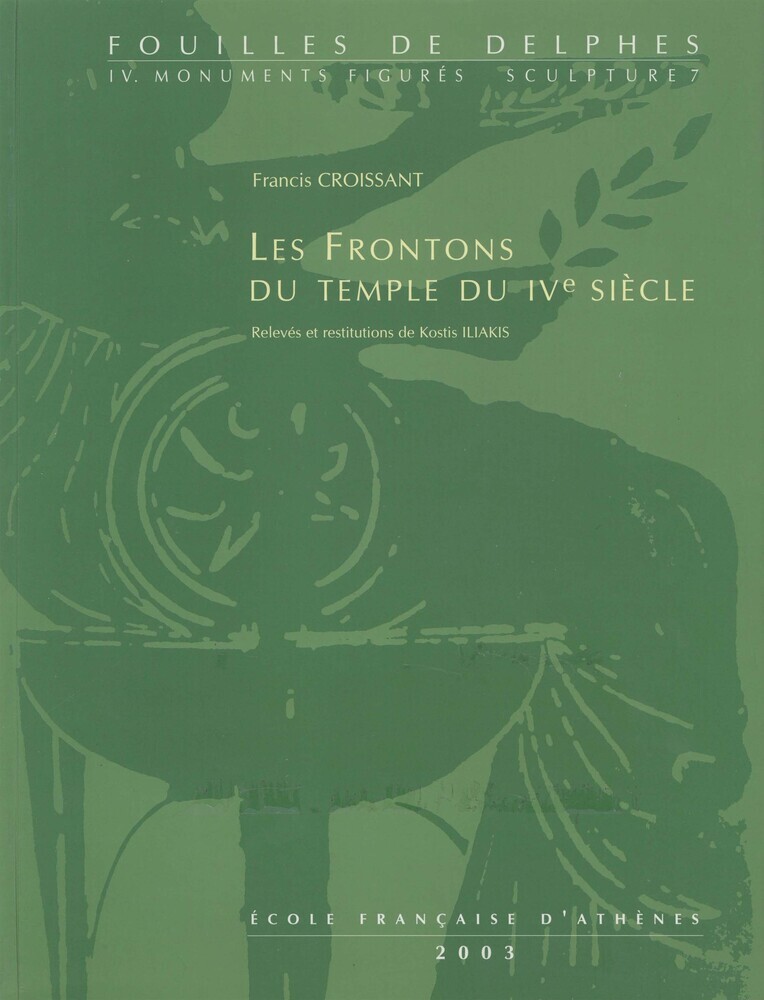Cet ouvrage est le premier des deux volumes consacrés aux résultats des fouilles conduites entre 1967 et 1974 par Francis Croissant sur le site de l’Aphrodision d’Argos. L’auteur de la fouille, malheureusement disparu avant d’avoir pu en mener à bien la publication, présente, dans la première partie, la séquence stratigraphique et architecturale complète du site, qui s’échelonne entre le début du IIe millénaire av. J.-C. et l’époque moderne. Les deux parties suivantes constituent la publication détaillée des niveaux d’occupation antérieurs à la fondation du sanctuaire d’Aphrodite, niveaux dont les plus anciens datent de l’Helladique Moyen (env. 2100-1700 av. J.-C.) et les plus récents de la fin de l’époque mycénienne (env. 1200-1100 av. J.-C.). Réalisée à partir de l’ensemble des documents d’archives laissés par le fouilleur, cette publication est le fruit du travail minutieux de deux jeunes docteurs en protohistoire égéenne encadrés par un vétéran des fouilles d’Argos, qui a coordonné le tout et ajouté les compléments indispensables. L’apport principal de l’ouvrage réside, d’une part, dans l’établissement d’une séquence typo-chronologique détaillée de la céramique de l’Helladique Moyen, en particulier pour les phases anciennes (HM I-II) ; d’autre part, dans l’analyse exhaustive de deux complexes architecturaux qui datent de la période mycénienne post-palatiale (HR IIIB2-IIIC) et dont l’un pourrait avoir eu une fonction cultuelle. Dans une perspective plus large, en confrontant les données des fouilles de l’Aphrodision à l’ensemble de celles dont on disposait jusqu’à présent sur ces périodes dans les autres secteurs d’Argos, l’ouvrage offre une synthèse à jour sur l’évolution de l’agglomération argienne tout au long du IIe millénaire av. J.-C.
This is the first of two volumes devoted to the results of the excavations carried out between 1967 and 1974 by Francis Croissant at the Aphrodision of Argos. In the first part, the excavator, who unfortunately passed away before the completion of the publication, presents the complete stratigraphic and architectural sequence of the site, from the early 2nd millennium BC to the modern era. The next two parts provide detailed information on the levels of occupation prior to the foundation of the sanctuary of Aphrodite, the earliest of which date from the Middle Helladic period (ca. 2100-1700 BC) and the latest from the end of the Mycenaean period (ca 1200-1100 BC). Based on all the archival documents left by the excavator, this publication is the fruit of the meticulous work of two young doctors in Aegean protohistory, supervised by a veteran of the Argos excavations, who coordinated the whole project and added the essential supplements. The book’s main contribution lies, on the one hand, in the establishment of a detailed typo-chronological sequence of Middle Helladic ceramics, particularly for the early phases (HM I-II); on the other hand, in the exhaustive analysis of two architectural complexes dating from the post-Palatial Mycenaean period (HR IIIB2-IIIC), one of which may have had a cultic function. In a broader perspective, by comparing the data from the Aphrodision excavations with all the data available to date on these periods in the other sectors of Argos, the book offers an up-to-date summary of the evolution of the Argian agglomeration throughout the 2nd millennium BC.


